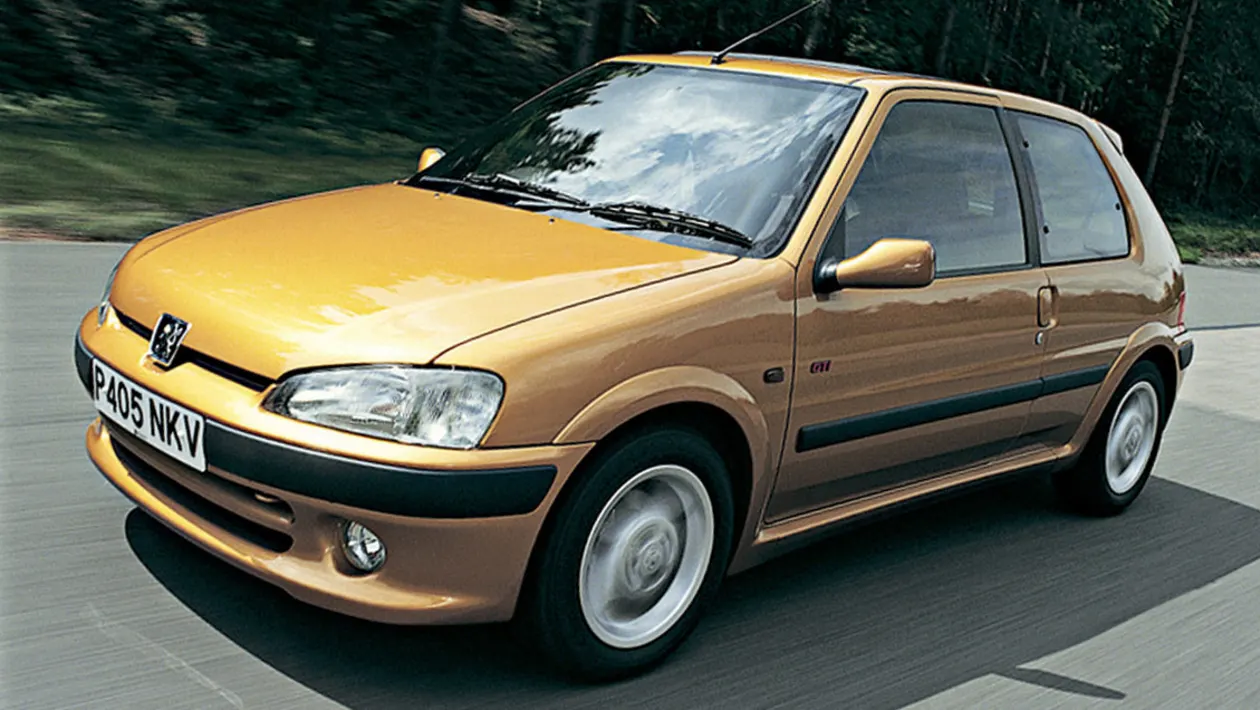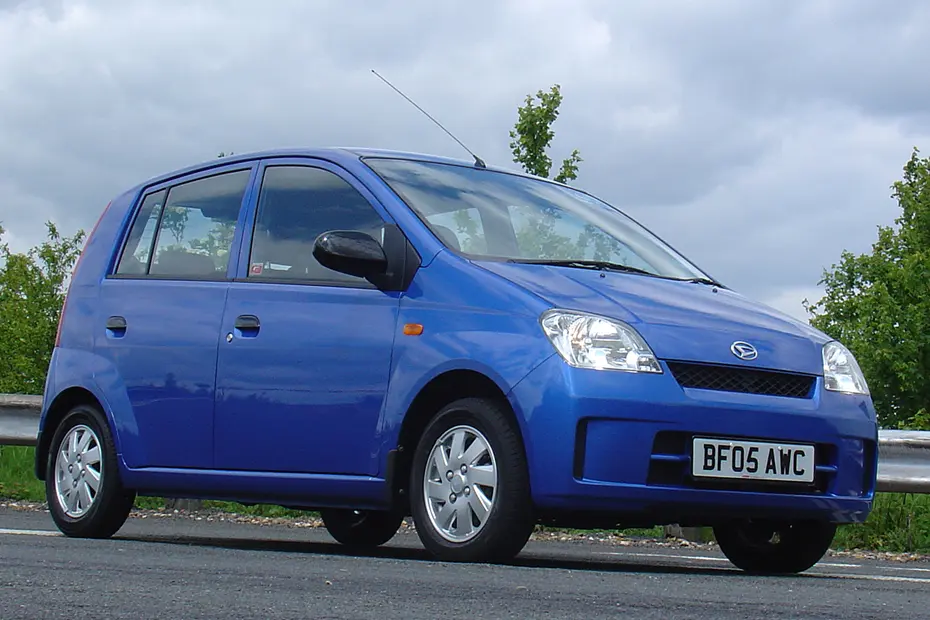Alex Unleashed on Cars- TVR Cerbera (The Blackpool Rocket)
The year was 1996 and a certain someone had lined up an
Aston Martin Vantage, a Porsche 911 Turbo, Lotus Esprit V8, Caterham 7 JPE,
Dodge Viper RT/10 and a TVR Cerbera for a 1 mile drag race. In the end, the
ballsy coupe from Blackpool took a decisive win. I bring up this story because
it’s just one of several events that propelled the Cerbera to fame. The second
was a year later, when the TVR faced an even bigger challenge than a
turbocharged Porsche, a Panavia Tornado jet. Yes, long before Richard Hammond
raced a Bugatti Veyron against a Eurofighter, Top Gear Magazine had a TVR race
a Tornado. And lost. But not by much!
These 2 events for me sum up the Cerbera, an underdog from
(until then) a small brand from a seaside town capable of great things, taking
the fight to cars far more expensive and exclusive. The general consensus among
road testers was you’d need at least £300,000 to beat a Cerbera in a straight
line.
When first being conceived, the Cerbera was originally going
to have the Rover V8 that powered both the Griffith and Chimaera when it was
first shown in 1993. But, after BMW bought Rover, Peter Wheeler, then owner of
TVR decided that he didn’t want “anything German” in his car, and also wanted
to offer something to other manufacturers. And so TVR created its first engine,
the AJPV8. The engine is the second most important part of the Cerbera, the
other being its aforementioned escapades.
The AJPV8 engine was based off the engine used in the TVR
Tuscan Challenge series, and despite early teething troubles, the engine
provided 360 BHP in 4.2 spec and a quoted 420 in 4.5 spec. Though like most TVR
figures, it’s widely disputed. The engine is also notable for being similar to
an F1 engine in that like the Lotus Esprit V8 it’s a flat-plane crank which
means it not only revs high but has a distinct engine note different from most
traditional V8’s.
A couple of years later, TVR launched the Cerbera Speed 6,
the first model to be powered by its in house 4 Litre Straight 6, this engine
would later power all future TVR’s. The Speed 6 was only 10 BHP down on the 4.2
V8 but was more well received by the press despite not being as ballistic in a
straight line.
There’s 1 more impressive showing from the Cerbera I’d like
to bring up and its Top Gear Magazines “Million Quid Mega-Test” from issue 111
December 2002 (I mentioned this in the Zonda entry). Despite being the oldest
car there, in 4.5 Red Rose spec, the Cerbera outran all but the ballistic
Pagani Zonda and Lamborghini Murcielago in the acceleration tests and
comfortably crushed the Ferrari 575 and Porsche 911 Turbo. Whilst it didn’t win
overall, losing out in the braking, in-gear acceleration and lap time tests, it
definitely showed that even an old timer like it can still keep up with
the young ones through pure lightness and high power. In the end it did score a
nomination for Best Value Car at the magazines 2003 awards but was pipped by
the Citroen Xsara Picasso.
In the end the Cerbera would make way for the Sagaris with a
true final Cerbera model being made and sold at auction in 2006. But even
though TVR’s future may still be in limbo we can still look at back the great
escapades of possibly its greatest ever model.
Year Produced: 1996 - 2004
Engine: 4.0 Litre Straight 6 – 4.5 Litre V8
Top Speed: 170 - 193 MPH
Power: 350 – 440 BHP
Torque: 320 – 402 Ib/ft
0-60: 4.8 – 3.9 Seconds
Weight: 1130 KG – 1060 KG
Price: £39,910 - £48,850
Rivals: Lotus Esprit V8, Dodge Viper GTS, Porsche 911 Turbo ‘993/’996,
Aston Martin Vantage




Comments
Post a Comment